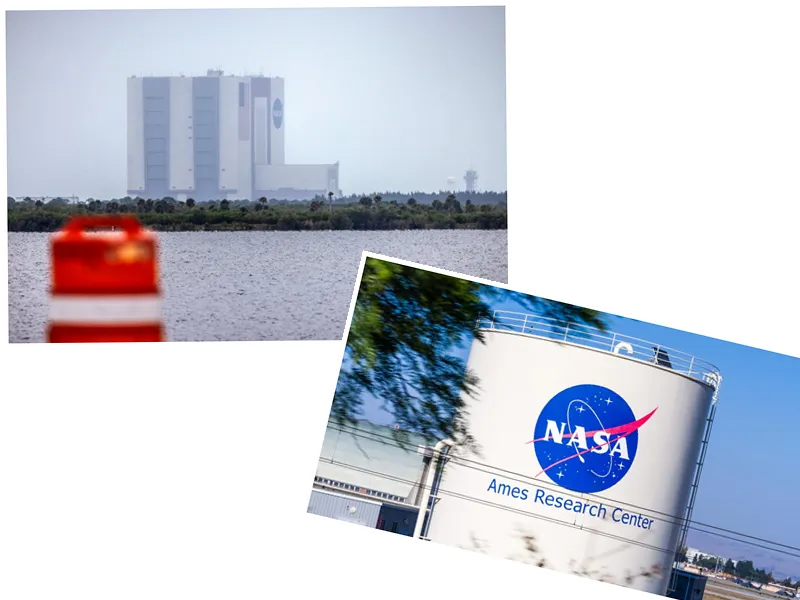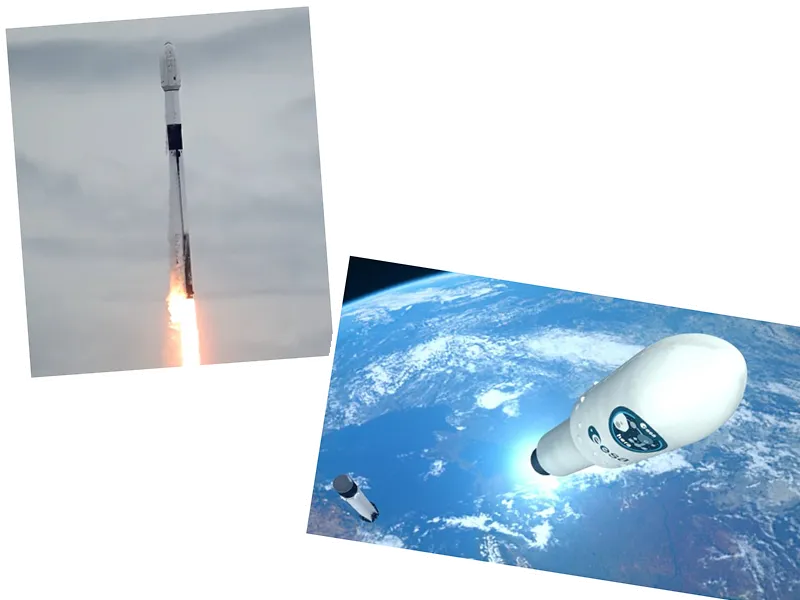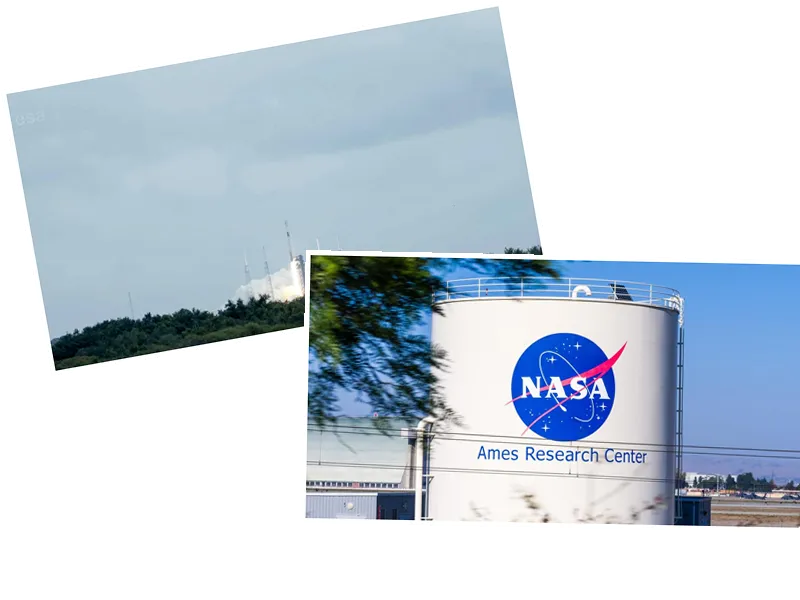Hera Mission Launch: A Step Towards Planetary Defense
The European Space Agency's (ESA) Hera mission is set to launch from Cape Canaveral on October 7, 2024, aboard a SpaceX Falcon 9 rocket, aimed at studying the asteroid Dimorphos. This mission follows NASA's successful DART mission, which impacted Dimorphos in 2022 to test the feasibility of diverting an asteroid's trajectory. Hera will delve deeper into the effects of this impact, analyzing the asteroid's structure and confirming whether it was deformed or left a crater. The Hera mission is part of a larger planetary defense initiative, reflecting humanity's proactive approach to potential asteroid threats.
Understanding the Asteroid Dimorphos
Dimorphos, a 160-meter diameter asteroid, is part of a binary system with Didymos and was targeted by NASA's DART mission to investigate the potential for asteroid deflection as a defense mechanism against future threats to Earth. The DART spacecraft successfully altered Dimorphos's orbit by 33 minutes, marking a significant achievement in planetary defense. However, the exact effects of the impact on Dimorphos remain uncertain, making the Hera mission crucial for understanding its internal structure and composition. Equipped with advanced instruments, Hera will also deploy two nanosatellites, Juventas and Milani, to gather further data.
The Future of Planetary Defense
The Hera mission, costing 363 million euros, represents a collaborative effort from 18 European countries and is a pivotal part of the AIDA (Asteroid Impact & Deflection Assessment) collaboration with NASA. As the launch window closes on October 27, scientists eagerly await the probe's journey, which will include a flyby of Mars before reaching Dimorphos in December 2026. The mission not only aims to enhance our understanding of asteroids but also prepares us for potential future threats, ensuring that we remain vigilant and ready to protect our planet.





